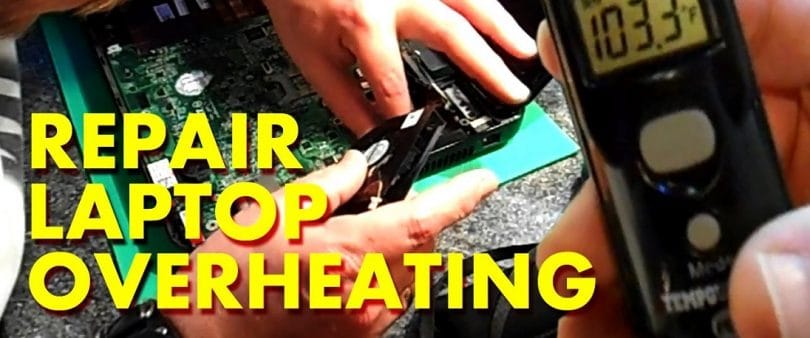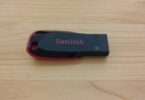Even after a short period of operation, your laptop is too hot, even though no complex applications are running? We show how to protect your notebook against heat death.
Hardly connected, is your notebook boiling hot? Dust, dirt and a hard disk drive ensure the fast heating of your device. In addition, the high temperature in the summer ensures that your mobile computer warms even faster. We show you how to clean up hard and software so that the hot temper of your device cools down again.
Laptop gets hot: Reasons
Modern notebooks are real power packs. Powerful technology is installed in the narrowest space, the cooling of which usually requires only one active fan. During the calculation of complex processes or a high outside temperature, the components heat up strongly. If the exhaust air slots and cooling ribs are then blocked by dust and dirt, the computer throttles the power or even damages.
Laptop is getting hot: Prevention
Overheating often occurs with older device models. Name your current model or plan to buy a notebook in the near future, use a few simple tips to avoid heat problems:
When purchasing a new device, make sure that parts such as the CPU, GPU and fan are easily accessible. Thus, a complete disassembly of the device is not necessary when cleaning internal components.
Dust and dirt are the mortal enemies of laptops: the fine particles adhere to cooling ribs and fans and prevent the controlled heat exchange. Keep the surrounding area of your laptop as dust free as possible.
Blankets, sofas or carpets are not suitable for laptops. Avoid placing your laptop on a soft surface, as it will reduce the air supply to the fan, thus reducing the cooling capacity.
Laptop gets hot: Software solutions
To restore the temperature of your device to a normal level, do not disassemble it and clean it from the inside. Various software solutions offer remedies for excessively high operating temperature.
The program HWMonitor provides an insight into the interior of your laptop. It shows you the temperature of individual components. To determine exactly where your notebook overheats.
Many modern laptops have manufacturer software to control the notebook’s performance. If your system generates too much heat due to high computing power, use the software to reduce the power and thus heat production.
With programs like SpeedFan, you control the speed of your device fan manually. Overheat the notebook, set a higher speed of rotation through the program to lower the temperature.
If your fan is already running on high transshoes and still does not bring the desired cooling effect, you still have to reduce the computing power. Complete complex programs and unused applications to relieve the processor and graphics card.
Laptop gets hot: Cooler and stand
The right support is an important factor in the overheating protection of a device. Especially older models with reduced cooling capacity need a smooth surface – or even better: fresh wind from below.
Laptop coolers are pads with an active cooling capacity. One or more fans help your laptop from the outside cool the internal components.
Laptop documents provide a straight pad for your laptop. This allows the fan to work freely and a uniform air circulation is guaranteed.
Laptop stands have no continuous surface. Here you place the laptop only on a thin holder – so the fan can suck completely free air.
Laptop gets hot: Hardware cleaning
Cleaning the hardware is the most effective but also the most costly way to reduce the operating temperature of your laptop. If you have any doubt in opening your laptop, please contact the technician.
If you are not confident about opening your device, clean the fan and the ventilation slots. Care should be taken: select a low power level on your vacuum cleaner and fix the fan before sucking out.
After opening the device, disassemble the fan and clean it with a compressed air spray. Use a vacuum cleaner only at low power. Remove dust and dirt from the cooling fins in order to ensure proper air circulation.
A component replacement can reduce the temperature in your laptop: change your existing HDD hard drive against a cooler and quieter SSD memory.
To ensure optimal cooling of the processor, you should renew the heat transfer paste between the data processing unit and the heat sink. Before disassembling the device, be sure to ground yourself: avoid electrostatic discharge.








